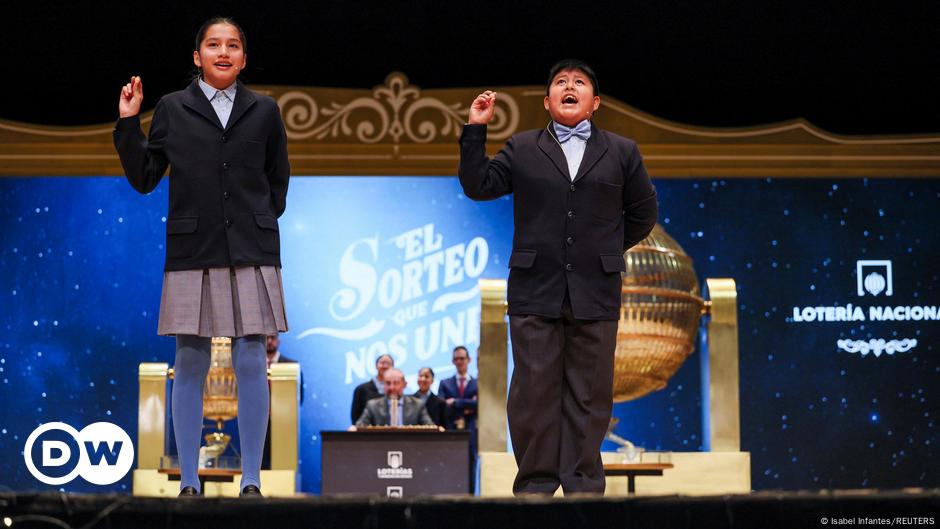World
World’s top 10 universities 2025

Notably, Australia’s top five universities have slipped down the rankings, due to “declining reputation and international outlook.”
Here are the World’s top 10 universities 2025:
University of Oxford
The University of Oxford is the oldest university in the English-speaking world and the world’s second oldest surviving university. While its exact founding date is unknown, there is evidence that teaching took place as far back as 1096. Located in and around Oxford’s medieval city centre, the university comprises 44 colleges and halls, and over 100 libraries, making it the largest library system in the UK.
(Join our ETNRI WhatsApp channel for all the latest updates)
Students number around 22,000 in total, just over half of whom are undergraduates while over 40 per cent are international, representing 140 countries between them. The university is associated with 11 winners of the Nobel Prize in chemistry, five in physics and 16 in medicine.
Massachusetts Institute of Technology
The Massachusetts Institute of Technology (MIT) is an independent, coeducational, private research university based in the city of Cambridge, Massachusetts. The university lays claim to 85 Nobel Laureates, 58 National Medal of Science winners, 29 National Medal of Technology and Innovation winners and 45 MacArthur Fellows. Among its impressive alumni is Kofi Annan, former secretary-general of the United Nations.Scientific discoveries and technological advances accredited to MIT include the first chemical synthesis of penicillin, the development of radar, the discovery of quarks, and the invention of magnetic core memory, which enabled the development of digital computers.
Harvard University
Dating back to 1636, Harvard University is the oldest university in the US and is regarded as one of the most prestigious in the world.
The private Ivy League institution has connections to more than 45 Nobel laureates, over 30 heads of state and 48 Pulitzer prizewinners. It has more than 323,000 living alumni, including over 271,000 in the US and nearly 52,000 in 201 other countries. Thirteen US presidents have honorary degrees from the institution; the most recent of these was awarded to John F. Kennedy in 1956.
Situated in Cambridge, Massachusetts, Harvard’s 5,000-acre campus houses 12 degree-granting schools in addition to the Radcliffe Institute for Advanced Study, two theatres and five museums. It is also home to the largest academic library in the world.
Princeton University
Acclaimed for its commitment to teaching, the Ivy League institution offers residential accommodation to all of its undergraduates across all four years of study, with 98 per cent of undergraduates living on campus.
Its student body is relatively small, with fewer than 10,000 in total, and international students make up 12 per cent of undergraduates. Princeton is also one of the world’s foremost research universities with connections to more than 40 Nobel laureates, 17 winners of the National Medal of Science and five recipients of the National Humanities Medal.
University of Cambridge
Cambridge serves more than 18,000 students from all cultures and corners of the world. Nearly 4,000 of its students are international and hail from over 120 different countries. In addition, the university’s International Summer Schools offer 150 courses to students from more than 50 countries.The university is split into 31 autonomous colleges where students receive small group teaching sessions known as college supervisions.
Stanford University
Stanford University has one of the largest campuses in the US and is one of the most prestigious universities in the world.
It was established in 1885 and opened six years later as a co-educational and non-denominational private institution. Its location, less than an hour’s drive south of San Francisco next to Palo Alto, is in the heart of California’s Silicon Valley, and the university is known for its entrepreneurial spirit.
This entrepreneurialism has its roots in the aftermath of the Second World War, when the provost encouraged innovation, resulting in a self-sufficient industry that would become Silicon Valley. By 1970, the university had a linear accelerator and hosted part of the early network that would become the technical foundation of the internet. The main campus spans 8,180 acres and is home to almost all the undergraduates who study at the university.
California Institute of Technology
The California Institute of Technology (Caltech) is a world-renowned science and engineering research and education institution, where extraordinary faculty and students seek answers to complex questions, discover new knowledge, lead innovation, and transform the future.
Caltech has six academic divisions with a strong emphasis in science and technology teaching and research. The university has a competitive admissions process ensuring that only a small number of the most gifted students are admitted.
University of California, Berkeley
The University of California, Berkeley, a public research university, is regarded as one of the most prestigious state universities in the US. Part of the University of California System, it was founded in 1868.
The university is located in San Francisco’s Bay Area, where it is home to about 27,000 undergraduate students and 10,000 postgraduate students.
Berkeley faculty have won 19 Nobel prizes, mostly in physics, chemistry and economics. Recent winners include Saul Perlmutter, who won the 2011 Nobel Prize for Physics for leading a team that discovered the accelerating expansion of the universe, suggesting the existence of a form of dark energy that comprises 75 per cent of the universe; and George Akerlof, who won the 2001 Prize for Economics for demonstrating how markets malfunction when buyers and sellers have access to different information.
Imperial College London
Imperial College London, a science-based institution based in the centre of the capital, is regarded as one of the UK’s leading institutions.
The college has around 15,000 students and 8,000 staff, with a focus on four main areas: science, engineering, medicine and business.
The institution has its roots in the vision of Prince Albert to make London’s South Kensington a centre for education, with colleges going alongside the nearby Natural History Museum, Victoria and Albert Museum and Science Museum.
Yale University
Yale University is a private Ivy League research university which is the third-oldest higher education institution in the US.
Yale traces its history back to 1701, when it was founded as the Collegiate School in Saybrook, Connecticut, which moved to New Haven 15 years later. Yale’s central campus covers 260 acres of New Haven, and includes buildings dating back to the mid-18th century.
The university is made up of 14 schools, and students follow a liberal arts curriculum, covering humanities and arts, sciences and social sciences before choosing a departmental major. Students also receive instruction in writing skills, quantitative reasoning and foreign languages.










